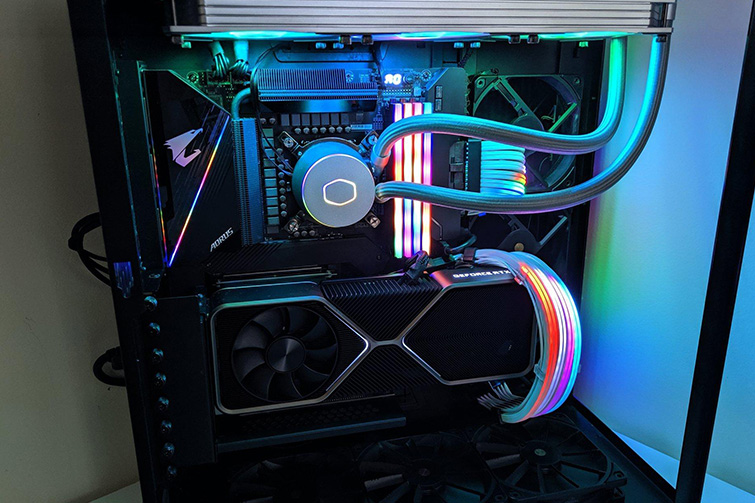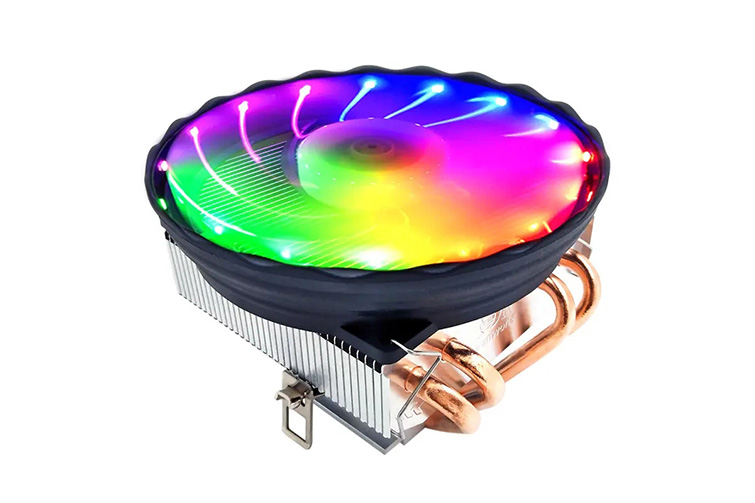

How to Choose a Computer Case: A Comprehensive Guide
Selecting the right computer case is a crucial step in building or upgrading your PC. The case not only houses and protects your components but also affects airflow, cooling, and overall aesthetics. With numerous options available, it’s essential to choose a case that suits your needs and preferences. Here’s a guide to help you make the best choice.
1. Determine Your Build’s Purpose
Before diving into specific features, consider the purpose of your build:
- Gaming: If you’re building a gaming rig, you’ll need a case with good airflow, space for high-end GPUs, and potentially room for water cooling.
- Workstation: For a workstation, focus on cases that support multiple drives, extensive cooling solutions, and easy accessibility for upgrades.
- Compact or Portable Builds: If portability is a priority, look for smaller cases like Mini-ITX or Micro-ATX that still offer enough space for essential components.
2. Choose the Right Size
Computer cases come in various sizes, each suited to different types of builds:
- Full Tower: These large cases are ideal for enthusiasts and professionals who need ample space for multiple GPUs, custom water cooling, and additional storage drives.
- Mid Tower: The most common size, mid-tower cases, offer a good balance between space and compactness, supporting ATX motherboards and most gaming or workstation builds.
- Mini Tower: Suitable for compact builds, these cases typically support Micro-ATX or Mini-ITX motherboards and are great for space-saving setups.
- Small Form Factor (SFF): Designed for portability, SFF cases are ultra-compact and typically support Mini-ITX motherboards, making them ideal for minimalist or portable PCs.
3. Consider Cooling Options
Cooling is critical for maintaining optimal performance, especially in high-performance builds:
- Airflow: Look for cases with good airflow design, including multiple fan mounting points and mesh panels. Cases with front, top, and rear fan slots provide better ventilation.
- Liquid Cooling Support: If you’re planning to use a liquid cooling system, ensure the case has enough space for radiators and reservoirs. Some cases are designed specifically to support custom water cooling loops.
- Dust Filters: Cases with dust filters help keep your components clean and maintain airflow efficiency. Make sure the filters are easy to remove and clean.
4. Check for Compatibility
Ensure that your chosen case is compatible with your components:
- Motherboard Size: Verify that the case supports your motherboard size (ATX, Micro-ATX, Mini-ITX, etc.).
- GPU Clearance: Check the maximum GPU length the case can accommodate, especially if you’re using a high-end graphics card.
- CPU Cooler Height: Ensure the case can fit your CPU cooler, especially if it’s a large air cooler or an all-in-one (AIO) liquid cooler.
- PSU Compatibility: Make sure the case can house your power supply unit (PSU), whether it’s ATX, SFX, or a different form factor.
5. Evaluate Build Quality and Materials
The quality of materials and construction plays a significant role in durability and aesthetics:
- Material: Cases are commonly made from steel, aluminum, or tempered glass. Steel is durable and cost-effective, while aluminum is lighter and more premium. Tempered glass panels are popular for showcasing internal components.
- Build Quality: Look for sturdy construction, smooth edges, and well-designed cable management features. A well-built case will be easier to work with and last longer.
6. Consider Aesthetics and Customization
Your case’s appearance is important, especially if you want your build to stand out:
- Design: Choose a design that matches your style, whether it’s sleek and minimalist or bold and flashy. Many cases come with customizable RGB lighting and tempered glass panels to showcase your build.
- Cable Management: Good cable management features, such as routing holes, tie-down points, and shrouds, can keep your build tidy and improve airflow.
- Modularity: Some cases offer modular features like removable drive cages, PSU shrouds, and swappable panels, giving you more flexibility in building and upgrading.
7. Consider Expansion and Future-Proofing
Think about your future needs and whether you might want to upgrade your build:
- Drive Bays: Ensure the case has enough drive bays for your storage needs, whether it’s SSDs, HDDs, or even optical drives.
- Expansion Slots: Check the number of expansion slots if you plan to add extra GPUs, sound cards, or other PCIe devices.
- Front I/O Ports: Consider the accessibility and type of front I/O ports, including USB-C, USB 3.0, audio jacks, and more.
Conclusion
Choosing the right computer case is about balancing functionality, compatibility, and aesthetics. By considering your build’s purpose, size requirements, cooling options, and future expansion needs, you can select a case that not only protects and cools your components but also enhances your overall build experience. Take your time to explore your options, and invest in a case that complements both your current setup and future ambitions.






